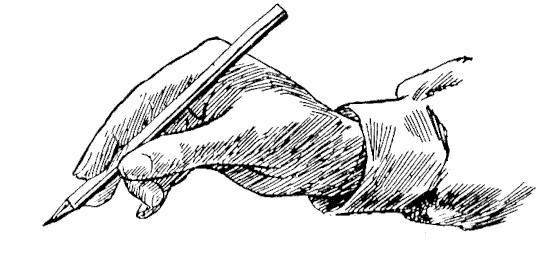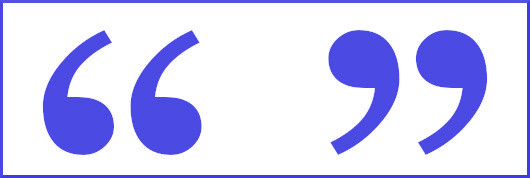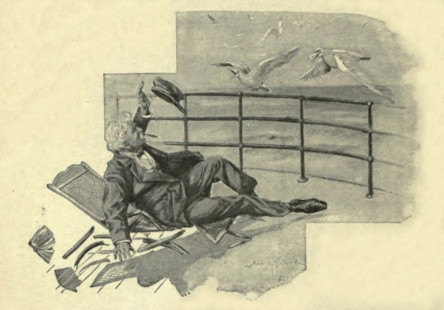Andrew Carnegie? Barnard Alderson? Apocryphal?

Question for Quote Investigator: Business titan and philanthropist Andrew Carnegie stated that one person cannot build a great enterprise alone. Also, one person should never demand all the credit. Would you please help me to find the precise quotation and a citation?
Reply from Quote Investigator: In 1899 the “St. Louis Globe-Democrat” of Missouri published an interview with Andrew Carnegie who mentioned that he had many partners in his industrial endeavors. Boldface added to excerpts by QI:1
“I do not believe any one man can make a great success of a business nowadays. I am sure I never could have done so without my partners, of whom I had thirty-two, the brightest and cleverest young fellows in the world. ”
Carnegie asserted that only small-minded individuals attempted to take all the credit for a successful business:2
“No man will make a great business who wants to do it all himself, or to get all the credit of doing it. That spirit is fatal, and the sure proof of a small mind.”
Carnegie’s remarks were published in “The Philadelphia Times” of Pennsylvania on the same day,3 and two weeks later his guidance appeared in “The St. Paul Globe” of Minnesota.4
Below are additional selected citations in chronological order.
Continue reading “Quote Origin: No Man Will Make a Great Business Who Wants To Do It All Himself, Or To Get All the Credit of Doing It”





